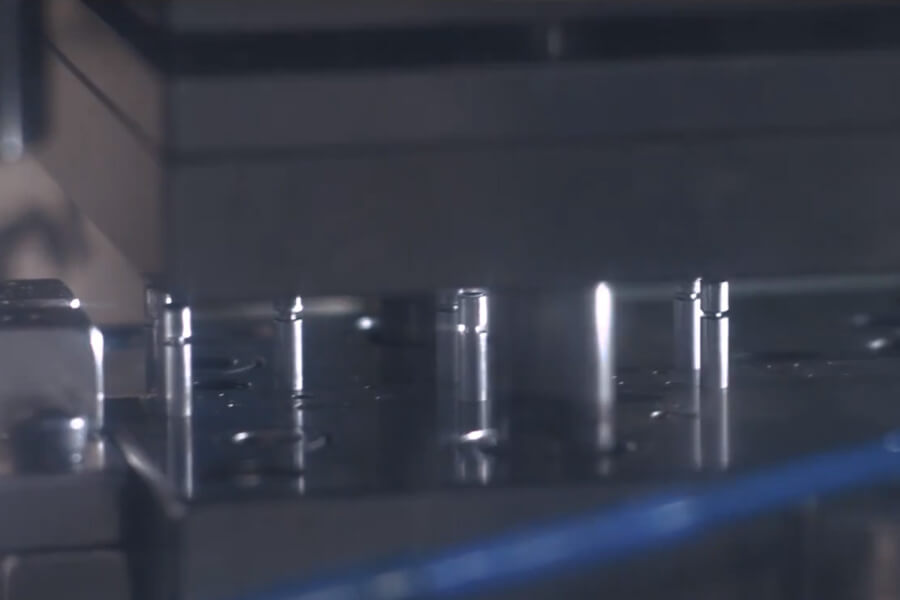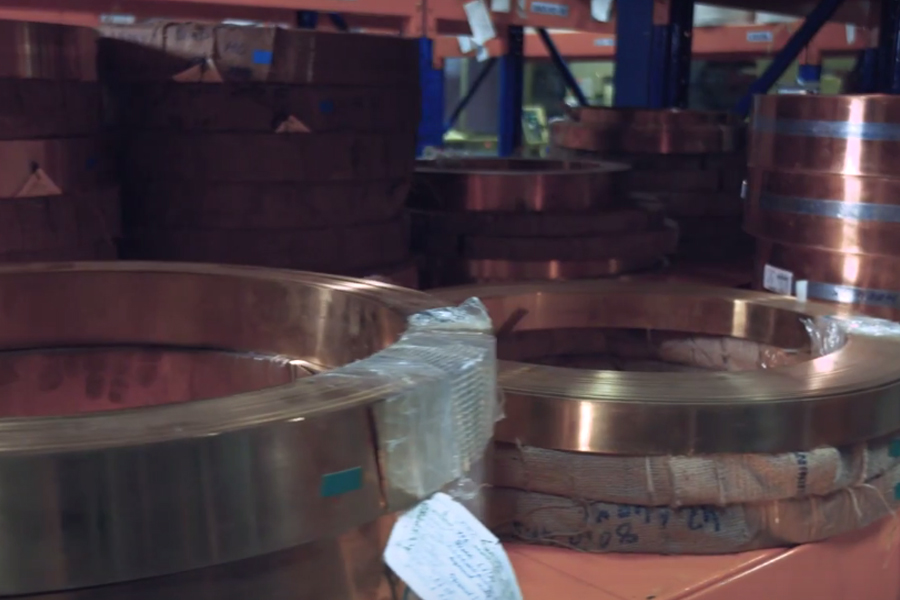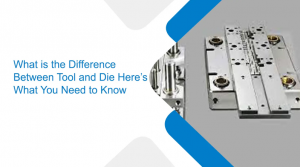What Do Sheet Metal Punch Dies Do In the Manufacturing Industry
- Design and Engineering |
- Mar 25, 2019

The most common and simplest of the punches you could find is right on your desktop. Yes, the paper punch, which is used to punch holes in your paper so that you could safely file them away. What pushes the paper down is the punch and what determines the size and hole is the die. In simpler terms punch has the projection of the inner shape of the component and the die has the outer shape of the component. That little paper punch performs just one action, whereas sheet metal punch dies to accomplish much more in the manufacturing industry. Punch and die manufactures use different metal punches and die not only for cutting operations but also for forming operations. Therefore they are able to effectively cater to the needs of a variety of industrial and domestic requirements.
What is sheet metal

Sheet metal is a piece of a given metal whose thickness could range between .15mm to 6mm. The thinner sheets are called foil, like the one we use in our kitchens and the thicker metal sheets are called a plate. Among the sheet metal operations are bending, blanking, punching and shearing operations.
Forming operations accomplished by sheet metal punch dies
Bending:
Bending is a forming operation, in which force is applied on the sheet to form it into a desired shape. Metal punches and dies are like a perfect married couple, they work together in close cooperation in accomplishing this task. Depending on the shape that needs to be achieved, the sheet metal punch and die is designed to fit each other. Alongside bending, the punching operation in sheet metal is crucial, where precise holes or shapes are cut out using punches and dies. Channel bending, U-bending, V-bending, offset bending are some of the types of bending operations. The first three types of bending are somewhat similar, but offset bending is a combination of two equal shapes but in the opposite direction. Then there is also edge bending in the which the sheet metal punch and die work together to push the edge of sheet metal to bend the edges.
Also Read: Stamping Die Parts- an Integral Part of Sheet Metal Forming
Embossing:
Embossing is used by industries to obtain a product with designs that have a sunken or a raised effect. This is used generally to make nameplates and so on.
EXPLORE OUR DESIGN & ENGINEERING SERVICES
Cutting operations accomplished by sheet metal punch dies
The cutting operation is perhaps the most common operation performed by metal punches and dies. The severing of metal is achieved by sandwiching the sheet between two bypassing tool steel sections which have a small gap between them. This gap is called the cutting clearance. Cutting clearances keep changing depending on the properties of the metal, and the desired edge condition of the workpiece.
There is a variety of cutting operations, each with a specific purpose. Some common operations are shearing, blanking, punching and piercing.
Shearing:
A shearing operation is used either to divide or separate a metal into two pieces. In this operation, the sheet metal is placed between two dies and with the help of a sudden impact of the punch the metal is separated into two.
Blanking:
Blanking is generally performed on a large scale to save up the slug for later use. In this dual-purpose process of blanking, the sheet metal punch and die work together to separate a workpiece from the primary sheet metal. In this process the punch is cylindrical and the die is designed to taper so that the separated workpiece does not get stuck anywhere.
Also Read: Is Die Stamping Essential for Sheet Metal Forming?
Punching:
The punching process is right opposite to the blanking process in a sense because the workpiece is the primary sheet and the removed product is the scrap material, making it a key aspect of the punching operation.
Piercing:
Punching and piercing operations are almost similar except the shape of the punch are bullet shaped. Punch and die manufacturers design it in ways so as to minimize scrap. Punching is also called perforating. It can perforate holes of a variety of shapes in a sheet such as round or square or even a special-shape. In piercing the scrap is discarded unlike in blanking.
DISCUSS YOUR DESIGN ENGINEERING NEEDS? CONTACT US!
Punch and die manufacturers know the advantages of sheet metal punch dies and their usage. Metal punches and dies have a direct bearing on the working of any industry. They are used to produce workpieces that are cost-effective and durable.
Ujjwal handles crucial roles like AGM Marketing, researcher, and is an author for KDDL – Eigen. He currently works with Eigen for implementing proven techniques and strategies for marketing plans on online and offline platforms. An expert in efficiently executing SEO, SEM, email marketing, social media marketing, PR marketing, Print campaigns, etc. Ujjwal has coordinated an efficient marketing team on various creative campaigns and programmatic buying to support various digital cross-promotion efforts. Implement efficient search optimization strategies with the help of collateral material and metrics.
In his former years, Ujjwal has years of experience in a managerial role for several reputed companies. His years of experience combined with the flair of writing help him come up with result oriented strategies for Eigen.




